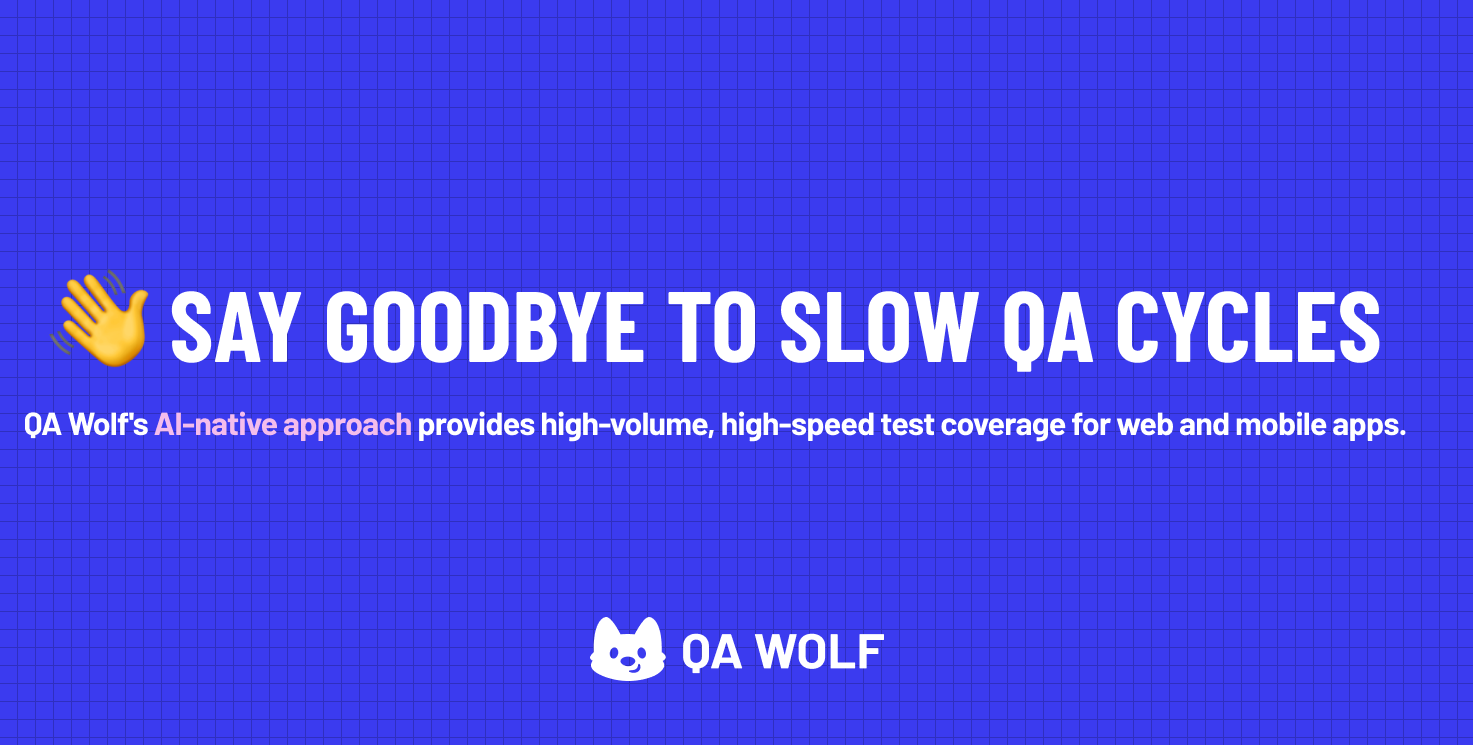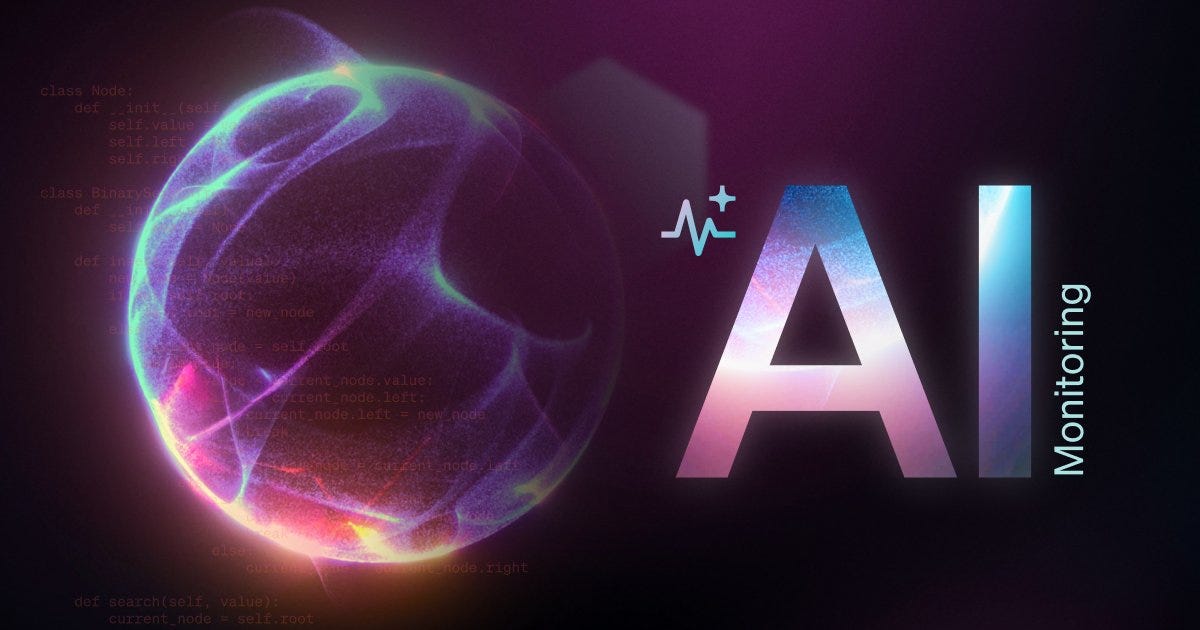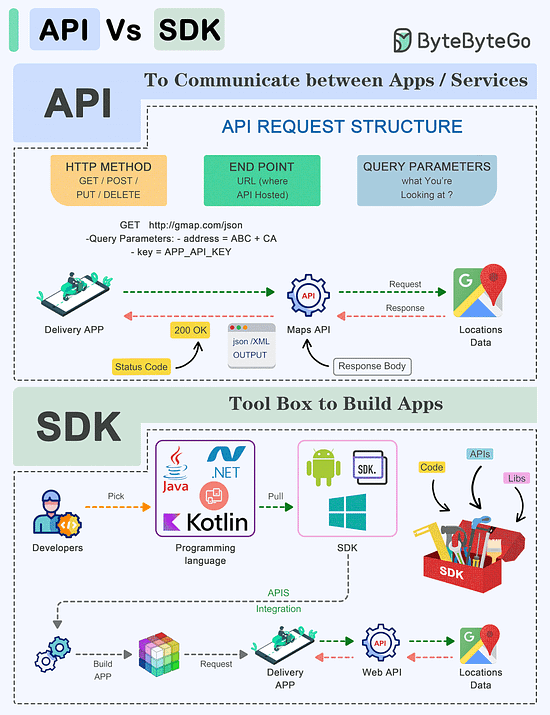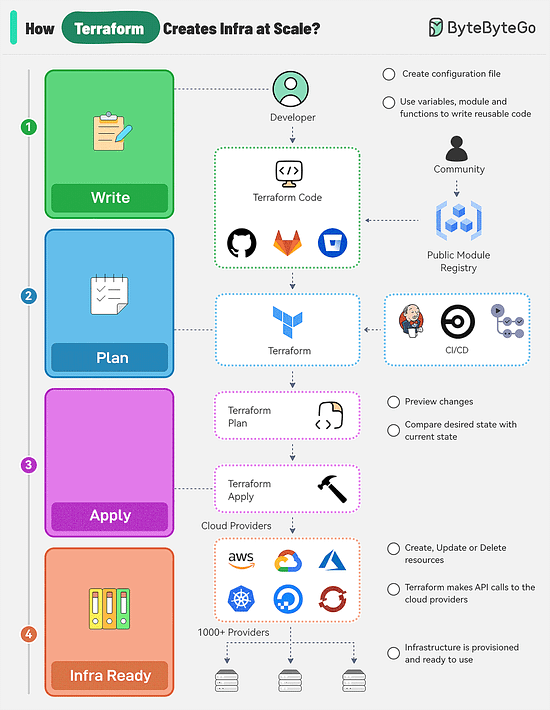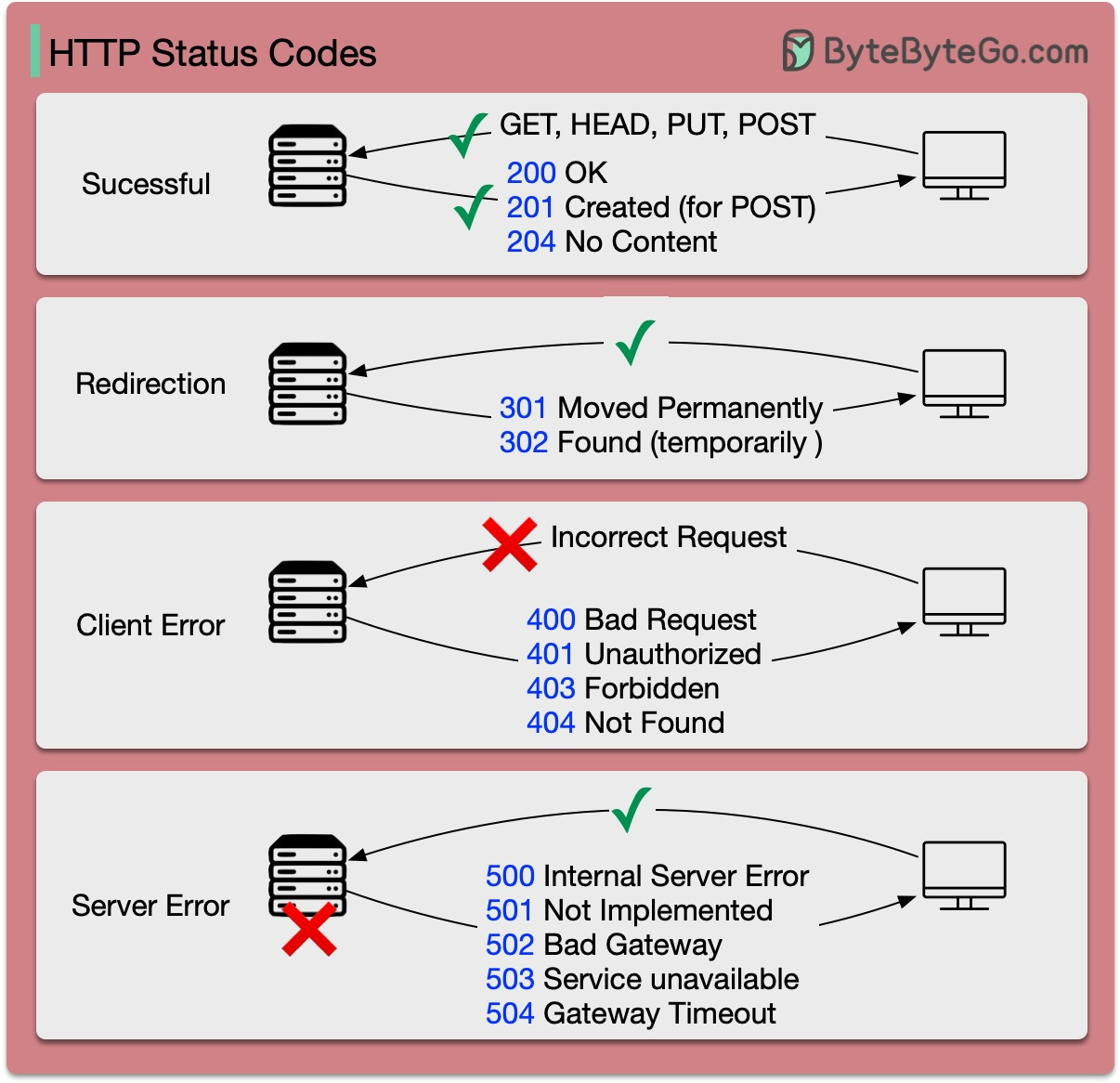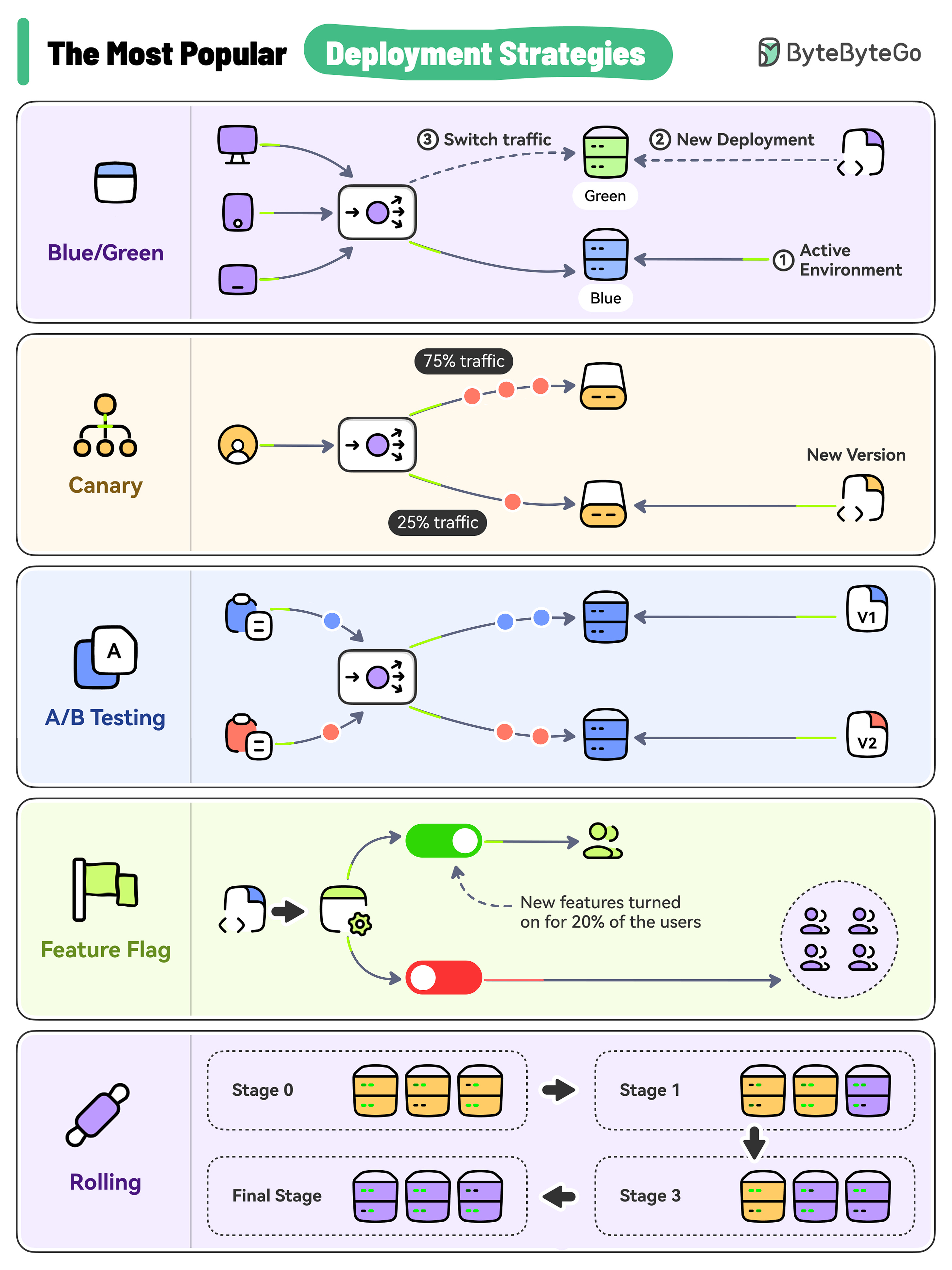- Mailing Lists
- in
- EP133: API vs SDK
Archives
- By thread 5313
-
By date
- June 2021 10
- July 2021 6
- August 2021 20
- September 2021 21
- October 2021 48
- November 2021 40
- December 2021 23
- January 2022 46
- February 2022 80
- March 2022 109
- April 2022 100
- May 2022 97
- June 2022 105
- July 2022 82
- August 2022 95
- September 2022 103
- October 2022 117
- November 2022 115
- December 2022 102
- January 2023 88
- February 2023 90
- March 2023 116
- April 2023 97
- May 2023 159
- June 2023 145
- July 2023 120
- August 2023 90
- September 2023 102
- October 2023 106
- November 2023 100
- December 2023 74
- January 2024 75
- February 2024 75
- March 2024 78
- April 2024 74
- May 2024 108
- June 2024 98
- July 2024 116
- August 2024 134
- September 2024 130
- October 2024 141
- November 2024 171
- December 2024 115
- January 2025 216
- February 2025 140
- March 2025 220
- April 2025 233
- May 2025 239
- June 2025 303
- July 2025 125
EP133: API vs SDK
EP133: API vs SDK
This week’s system design refresher:
✂️Cut your QA cycles down to minutes with QA Wolf (Sponsored)If slow QA processes bottleneck you or your software engineering team and you’re releasing slower because of it — you need to check out QA Wolf. Their AI-native approach gets engineering teams to 80% automated end-to-end test coverage and helps them ship 5x faster by reducing QA cycles from hours to minutes. QA Wolf takes testing off your plate. They can get you:
The benefit? No more manual E2E testing. No more slow QA cycles. No more bugs reaching production. With QA Wolf, Drata’s team of 80+ engineers achieved 4x more test cases and 86% faster QA cycles. Why is Kubernetes Popular | What is Kubernetes?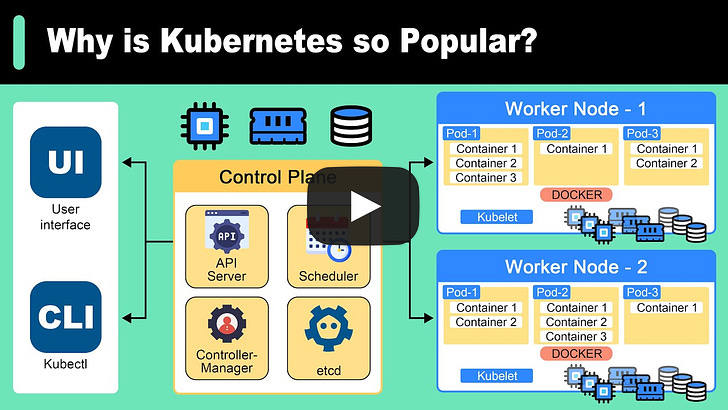 Optimizing AI chatbot performance with New Relic AI Monitoring (Sponsored)If your chatbot is prone to errors or lags, it can frustrate your users, leading to poor experiences and potential loss of business. By using an observability tool like New Relic AI monitoring, you can observe key metrics such as response time, token usage, and error rates to ensure your chatbot performs optimally and delivers a smooth and efficient experience for your users. Check out this guide to learn how to monitor and optimize the performance of a chatbot using New Relic AI Monitoring. API vs SDKAPI (Application Programming Interface) and SDK (Software Development Kit) are essential tools in the software development world, but they serve distinct purposes:
SDK: An SDK is a comprehensive package of tools, libraries, sample code, and documentation that assists developers in building applications for a particular platform, framework, or hardware.
The choice between APIs and SDKs depends on the development goals and requirements of the project. How does Terraform turn Code into Cloud?There are multiple stages in a Terraform workflow:
Over to you: Have you used Terraform in your projects? HTTP Status Code You Should KnowThe response codes for HTTP are divided into five categories: Top 5 Most-Used Deployment Strategies- Big Bang Deployment - Rolling Deployment - Blue-Green Deployment - Canary Deployment - Feature Toggle SPONSOR USGet your product in front of more than 1,000,000 tech professionals. Our newsletter puts your products and services directly in front of an audience that matters - hundreds of thousands of engineering leaders and senior engineers - who have influence over significant tech decisions and big purchases. Space Fills Up Fast - Reserve Today Ad spots typically sell out about 4 weeks in advance. To ensure your ad reaches this influential audience, reserve your space now by emailing sponsorship@bytebytego.com © 2024 ByteByteGo |
by "ByteByteGo" <bytebytego@substack.com> - 11:36 - 12 Oct 2024
